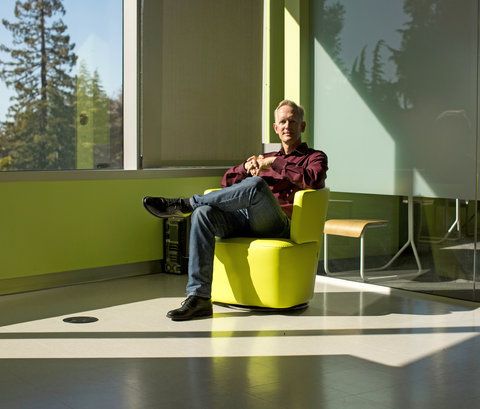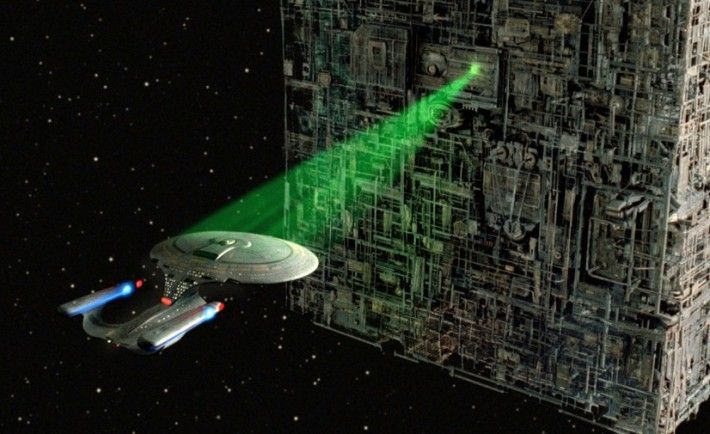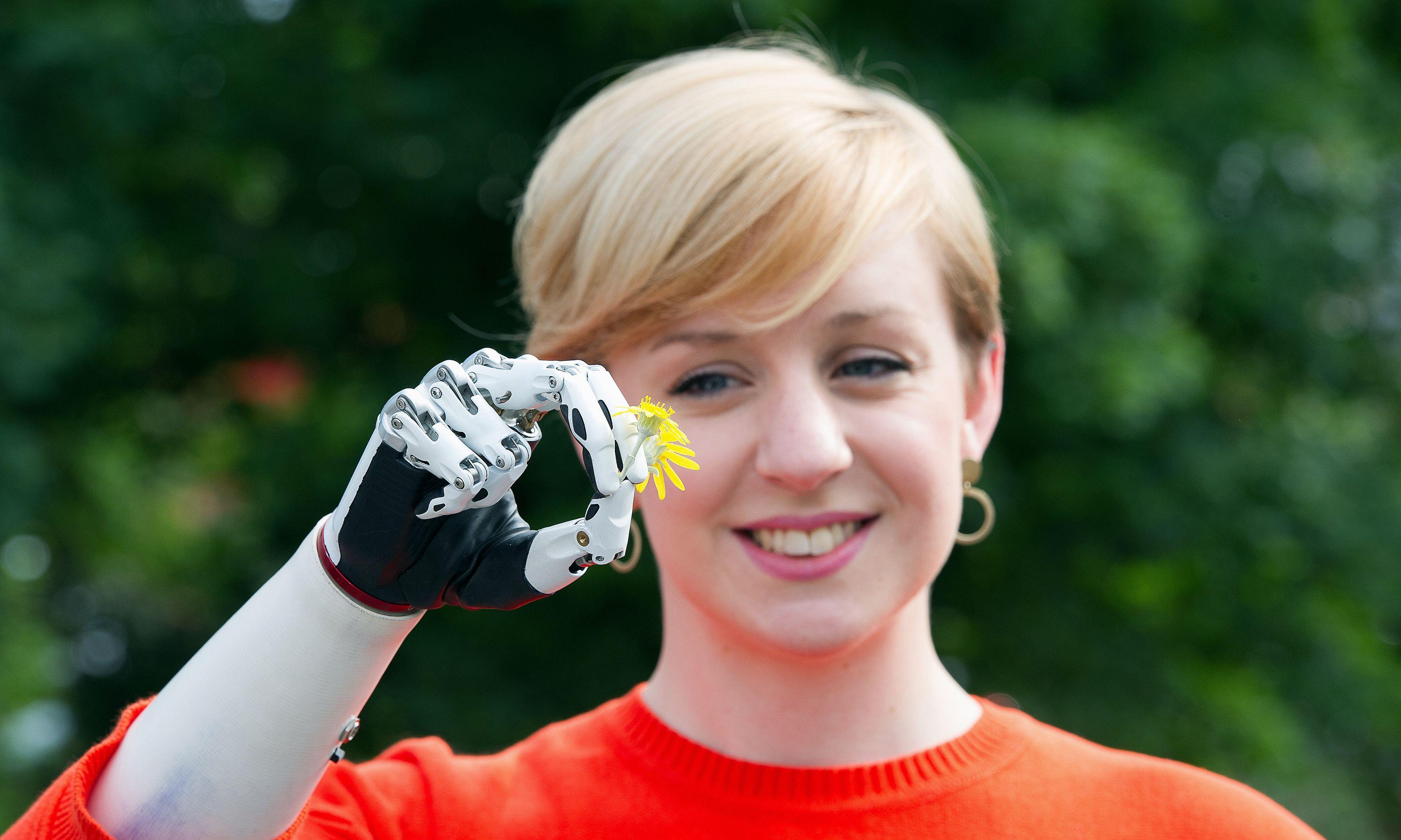Jun 18, 2015
A Futurist Looks at Where Cars Are Going — Quentin Hardy | The New York Times
Posted by Seb in categories: driverless cars, transportation

“We don’t think people will give up their own cars. Americans like to do everything in the cars. They eat in cars, they drink in cars, they have entertainment in cars and they change clothes in cars — people who leave the office at lunch and sleep in their cars, or wait in their cars for an hour at a time for their children. Driving is really the distracting thing we do in cars.” Read more

















